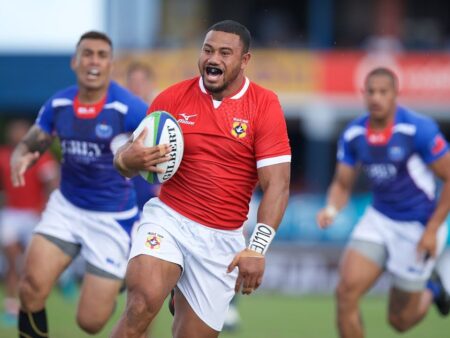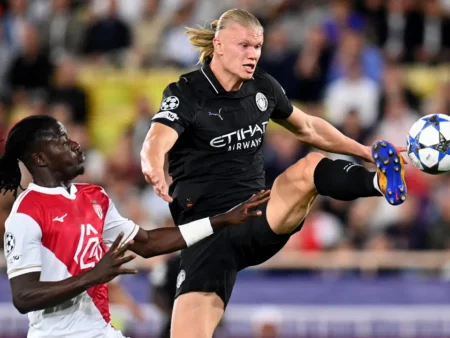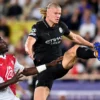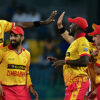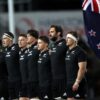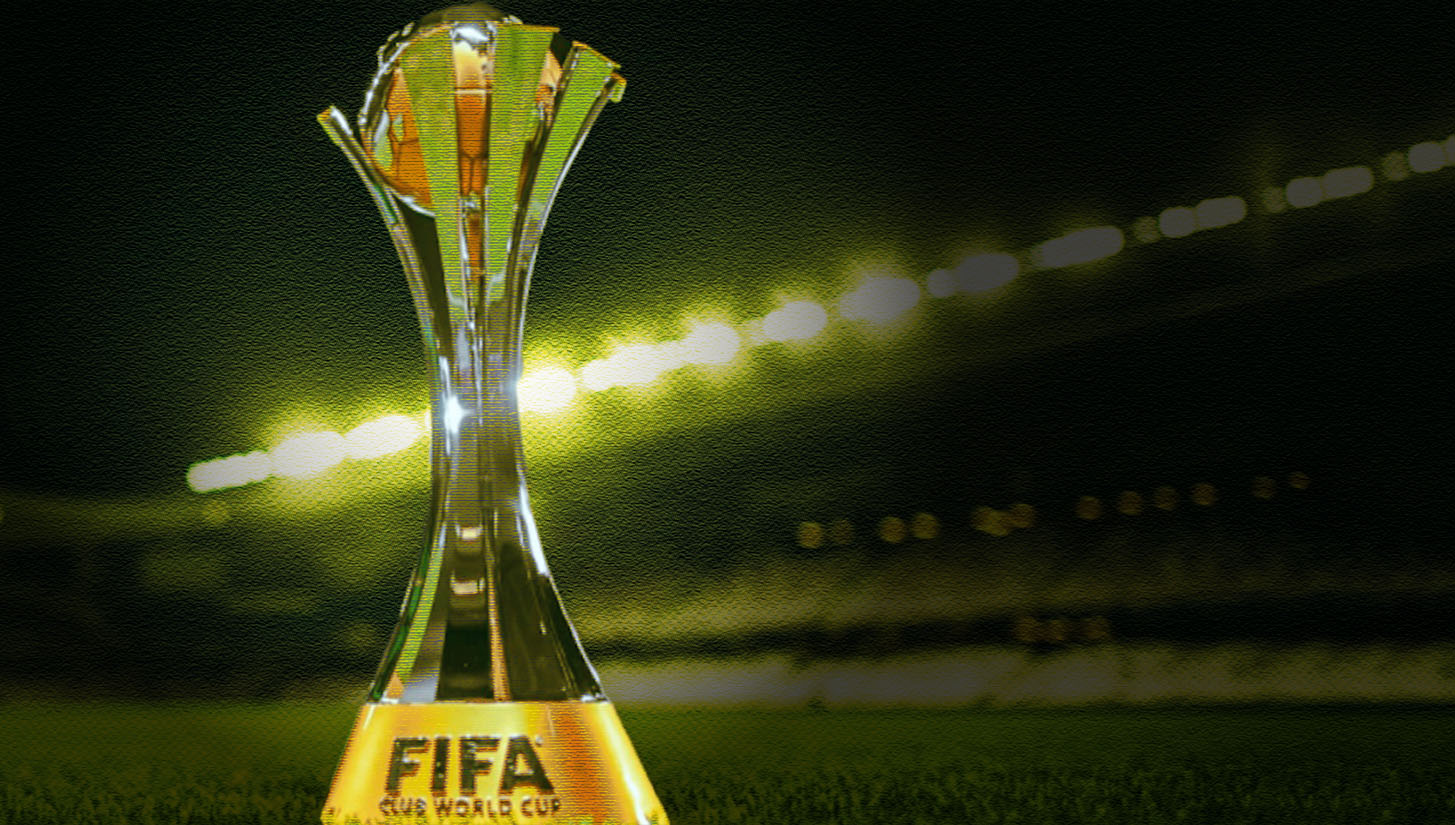
The global football calendar is witnessing a significant transformation this year. The FIFA Club World Cup 2025 is not merely the next iteration of an existing tournament; it is the inauguration of a drastically expanded format, escalating a relatively compact annual event into a month-long, sprawling competition. For the first time in this new guise, the United States serves as the host nation, welcoming 32 teams from all corners of the footballing planet to compete for a share of an eye-watering $1 billion prize fund.
This expansion is perhaps the most noteworthy technical detail. Moving from the previous seven-team structure to a 32-team field introduces a level of scale and complexity previously unseen at club level on this global stage. The participant list reflects a technical breakdown by confederation: a dominant contingent of twelve clubs from Europe (UEFA), six formidable sides from South America (CONMEBOL), four each representing Asia (AFC) and Africa (CAF), five from North and Central America (CONCACAF – notably including three Major League Soccer teams on home soil), and one qualifier from Oceania (OFC), providing a fascinating contrast in competitive pedigree. This diverse geographic and stylistic mix promises tactical battles and cultural clashes.
The roster of participating clubs reads like a who`s who of contemporary football powerhouses and regional champions. European giants such as Real Madrid, Manchester City, Bayern Munich, and Paris Saint-Germain arrive with reputations preceding them, widely anticipated to set the standard. However, the tournament format, combined with the intense competitive nature of South American football represented by clubs like Boca Juniors, River Plate, and Palmeiras, ensures their path will be far from perfunctory. Teams from other confederations, including ambitious sides like Al-Hilal and Al Ahly, alongside the MLS representatives including the much-scrutinized Inter Miami, carry the aspirations of their respective leagues and possess the capacity for significant upsets. The beauty of a tournament this size is the potential for unexpected narratives to unfold.
The stakes extend beyond the considerable financial reward and the prestigious trophy. For many clubs, this tournament represents a unique opportunity to test their mettle against diverse global opposition, offering valuable experience and tactical insights. For those who may have narrowly missed out on domestic or continental glory, such as the referenced Inter Milan, this could be the final chance of the season to secure significant silverware. For the hosting MLS teams, participation is a direct measurement of their current standing against the world`s elite, offering both a challenge and a considerable platform.
The choice of the United States as the inaugural host nation for the expanded format is strategically significant, further cementing the country`s position in the global football landscape, particularly as preparations continue for the 2026 FIFA World Cup. Matches are scheduled across multiple major venues in cities like Orlando, Philadelphia, Atlanta, and East Rutherford, transforming these locations into temporary focal points for intense international club rivalry. This distributed hosting model allows a wider audience across the US to witness top-tier global football firsthand.
Following an initial phase involving numerous matches, the tournament escalates dramatically as it enters the knockout rounds. The structure progresses through high-stakes quarterfinals and semifinals, culminating in the grand final scheduled for July 13th in East Rutherford. In these single-elimination stages, tactical discipline, player performance under pressure, and perhaps a touch of fortune will be paramount, as every match becomes a potential decider.
In summary, the FIFA Club World Cup 2025 represents a bold step forward for international club football. Its expanded scope, substantial prize money, global participant base, and high-profile hosting in the United States position it as a landmark event. As teams navigate the complex structure and the knockout stages draw closer, the tournament promises a compelling mix of established power, ambitious challengers, and the unpredictable drama that defines the sport at its highest level.
